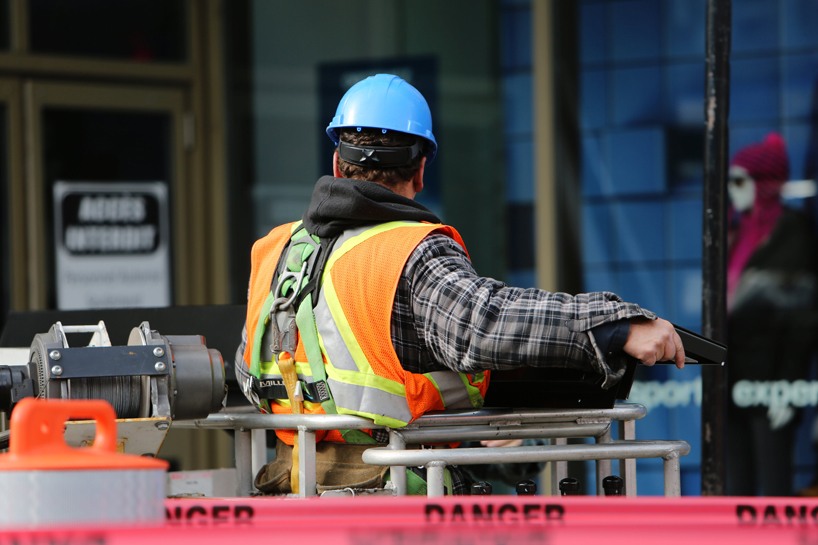Urban Heat Island Passive Radiative Cooling Solution and How Passive Radiative Cooling Solutions Can Mitigate Urban Heat Islands: A Guide for Urban Planners and Architects. The increasing urbanization has led to cities becoming heat islands, trapping heat and making life a little uncomfortable during those sweltering summer days. That's where passive cooling technologies come in to save the day. The application of these solutions spans across various industries, from construction to renewable energy. For example, coatings that reflect solar radiation can be used on rooftops and pavements, reducing the heat absorbed by buildings. This not only cools the surroundings but also cuts down on energy costs.
1. The Role of i2Cool Technology
To be honest, one company that’s really making waves in this space is i2Cool Technology. Founded by some brainy professors and young scientists from the Energy and Environment School of City University of Hong Kong, they’re all about turning top-tier research into real-world applications. Their products include coatings and films that boast some impressive tech under the hood.
How i2Cool Works
i2Cool’s magic lies in their ability to develop nanomaterials that efficiently reflect solar light and emit mid-infrared radiation. This means they can achieve a temperature reduction effect of up to 42°C! Can you imagine? That’s like having a personal air conditioner without the energy bill.
| Product | Technology | Temperature Reduction |
| i2Cool Coating | Nanomaterials for Solar Reflection | Up to 42°C |

As far as I know, these solutions are not just limited to one or two countries either. They’re spreading their wings and reaching over 20 countries and regions globally. That’s impressive!
2. Industry Applications
What do you think about the applications in various industries? In construction, for instance, using these passive cooling technologies can drastically reduce the need for air conditioning. This is not just good for the environment but also for the wallet!
Case Study: Green Buildings
In green building projects, integrating i2Cool products can enhance energy efficiency significantly. By utilizing these coatings on roofs and walls, buildings can maintain cooler temperatures naturally, contributing to overall sustainability goals.
| Industry | Application | Benefits |
| Construction | Passive Cooling Coatings | Reduced Energy Costs |
| Renewable Energy | Solar Panel Efficiency | Increased Output |
Hahaha, it's fascinating to see how technology can impact our daily lives and our planet at large!
3. Future Development Trends
Looking ahead, the future of Urban Heat Island Passive Radiative Cooling Solutions seems bright. With the increasing demand for sustainable solutions, innovations like those from i2Cool will likely lead to more advancements in the field.
The Road Ahead
This sector will continue evolving as we face climate challenges. Companies will need to innovate rapidly to meet market demands while ensuring that solutions remain cost-effective and accessible.
| Trend | Impact |
| Increased Urbanization | Higher Demand for Cooling Solutions |
| Sustainability Focus | Innovation in Passive Technologies |
This brings us back to i2Cool and their commitment to providing energy-saving cooling solutions for low-carbon cities and green communities. Everyone wants to know how these innovations can contribute to global sustainable development and carbon neutrality goals.
Urban Heat Island Passive Radiative Cooling Solution
The urban heat island effect occurs when cities become warmer than their rural surroundings. This happens due to human activities, buildings, and roads absorbing and retaining heat. As cities expand, this problem worsens, making life uncomfortable during hot summer months. Urban planners and architects face the challenge of finding solutions to cool these areas. One effective method is the use of Urban Heat Island Passive Radiative Cooling Solutions. These strategies harness natural processes to reflect sunlight and release heat into the atmosphere, reducing the temperature in urban areas. For instance, rooftops painted white or covered with reflective materials can significantly decrease heat absorption. In 2015, Los Angeles implemented a program to encourage reflective roofing. This resulted in lower surface temperatures and improved comfort for residents. Such passive cooling techniques can be integrated into new buildings or retrofitted into existing ones. Urban planners need to prioritize these methods as they are cost-effective and sustainable.
Sustainable Urban Design
Sustainable urban design focuses on creating environments that are not only livable but also protect our planet. The integration of Passive Cooling Techniques into urban planning is essential for combating the urban heat island effect. For example, planting trees and creating green spaces can provide shade and lower surrounding temperatures. Cities like Singapore have successfully implemented vertical gardens and green roofs, which not only cool buildings but also improve air quality. These natural solutions benefit both the environment and the people living in these areas. Moreover, sustainable design promotes energy efficiency. Buildings designed with proper ventilation can reduce the need for air conditioning, leading to lower energy bills. In 2020, a study showed that cities that embraced sustainable design practices saw a 10% decrease in energy consumption during peak summer months.
Effective Strategies for Urban Heat Mitigation
The combination of Urban Heat Island Passive Radiative Cooling Solutions, passive cooling techniques, and sustainable design creates effective strategies for urban heat mitigation. Each element works together to reduce temperature spikes in cities during hot weather. For instance, using reflective materials on roads and pavements can cool surfaces significantly. Additionally, incorporating water features such as fountains or ponds can create a cooling effect through evaporation. These strategies not only reduce heat but also enhance the beauty of urban spaces. In 2018, New York City launched a green infrastructure initiative that included permeable pavements and rain gardens. This project led to cooler streets and improved stormwater management. Urban planners must recognize the interconnectedness of these solutions and their collective impact on creating more comfortable living conditions in cities.
Editor of this article: Xiao Yuan, created through Jiasou TideFlow AI SEO